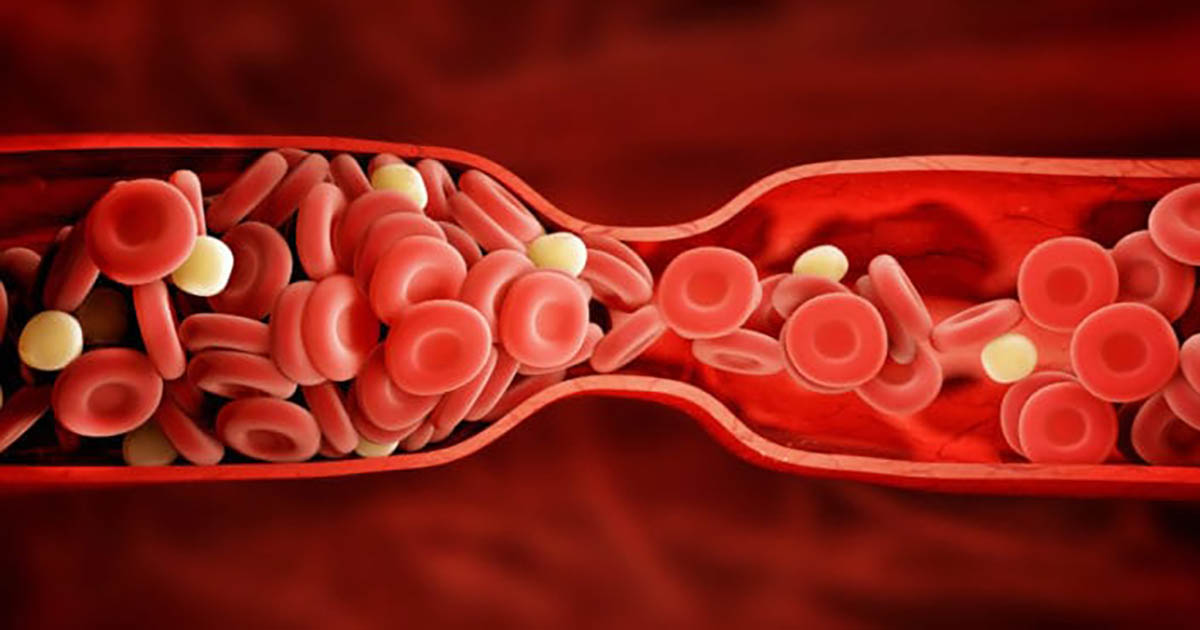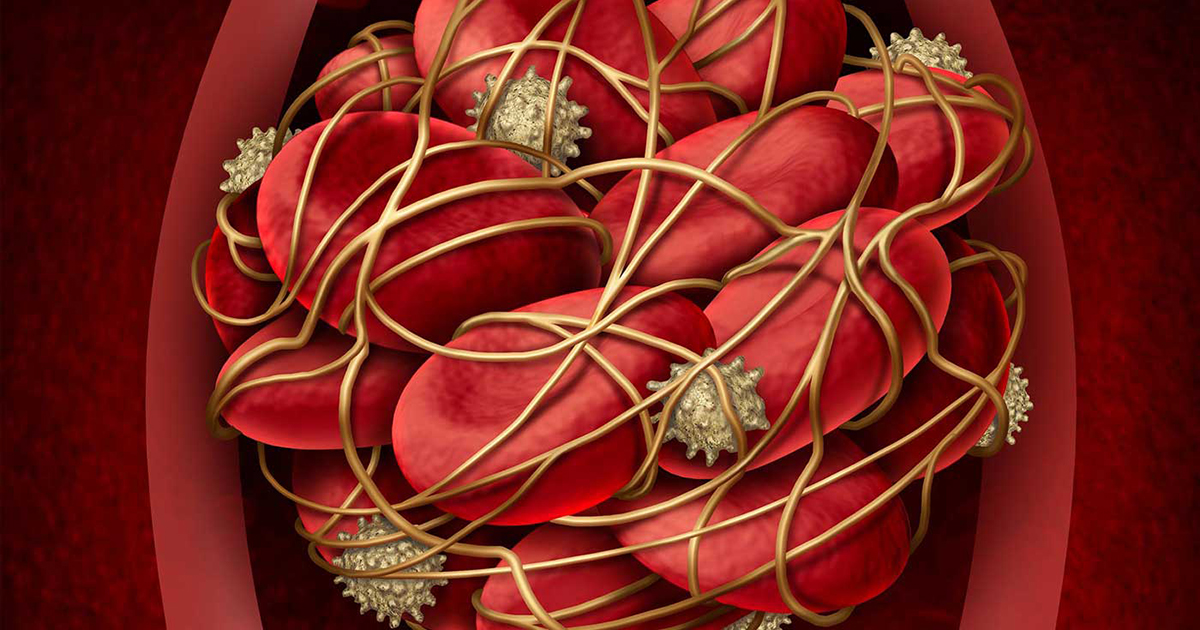What Causes Aseptic Necrosis?
Aseptic necrosis is a serious disorder where bone tissue does not receive an adequate blood supply. Bone tissue is living tissue and needs the oxygen and nutrients that the blood brings. Without it, bone begins to die. Minuscule cracks can start to appear in the bone, and over time the cracks widen, and the bone can collapse. The symptoms of aseptic necrosis can be silent in the early stages. In later stages, the patient feels pain when they try to put weight on their bone, and after time the bone starts to hurt even when they are at rest. The most common sites for aseptic necrosis are the bones around the hip, the thigh, shoulder, hand, foot or knee. In some people, bone necrosis is bilateral, which means it can involve bones in both feet or both hips. The causes of aseptic necrosis are as follows.
Damage To The Blood Vessels

Injury to a bone can cause damage to the blood vessels that serve the bone. Blood vessels are often damaged if a person breaks their arm or leg, for example. The injury does not even have to be that dramatic. Blunt force trauma around a bone can also damage blood vessels in the area and impair their ability to deliver blood to the bone. Another type of damage to the blood vessels happens with alcoholism. Years of heavy drinking can set up plaque in the lining of the blood vessels and make them less able to bring blood to the bones in the area.
Embolism

An embolism is anything that causes a blockage in a blood vessel. This can mean a blood clot, a bubble of gas or air, a ball of fat or even an object that is foreign to the body. Unless they are deliberately induced to treat a disease, an embolus needs to be considered a serious medical condition if not a medical emergency. An embolus in the brain or heart can lead to stroke while an embolus in a vein can cause a dangerous blockage in the lung. Because the blood vessel is blocked, it is difficult for the bone near the blockage to receive the amount of blood that is necessary for growth and normal functioning.
Vasculitis

Vasculitis is an inflammation of a blood vessel. When the blood vessel is inflamed, it reacts by growing thicker and weaker. It can also constrict and develop scar tissue. This inevitably affects the blood flow which has implications for aseptic necrosis. There are several types of the disorder, and the symptoms vary. Generally, they include a headache, fever, fatigue, unexplained weight loss, aches and pains all over the body and night sweats. The person can also suffer from a rash and numbness or weakness in their appendages. In some types of the disease, the symptoms do not appear until it is advanced. Fortunately, cases of vasculitis are uncommon.
Atherosclerosis

Atherosclerosis is the hardening and narrowing of the arteries, which are the blood vessels that carry blood and oxygen to the body's vital organs, including the bones. Atherosclerosis puts people at risk not only for aseptic necrosis but other critical conditions such as heart disease, stroke and peripheral artery disease that can affect the appendages and the kidneys. It also increases the risk for aneurysms, bulges in the artery walls that can become dangerous or even life-threatening. Some individuals report experiencing cramps, chest pain or transient ischemic attack, or a T.I.A. This is a sort of mini-stroke that is temporary and does not cause permanent damage, yet is a warning that a "real" damaging stroke may occur. Sometimes, the symptoms of atherosclerosis are silent until the disease is advanced.
Hypercoagulable State

This is a condition where the blood does not clot properly. Blood clots are normal when the person has a penetrating injury, but they are not supposed to form for what seems like no reason. When the blood behaves this way, the condition is called a hypercoagulable state. Another name for it is thrombophilia. It occurs in both veins and arteries and can hamper the body’s ability to deliver blood to the bones. The clot that forms from thrombophilia is a type of blockage called a thrombus. The disorder can be acquired or hereditary. Acquired means it occurs due to some trauma or medical condition or as a side effect of a medication. If it is hereditary, the person has been born with the tendency to form blood clots due to their genetics.
